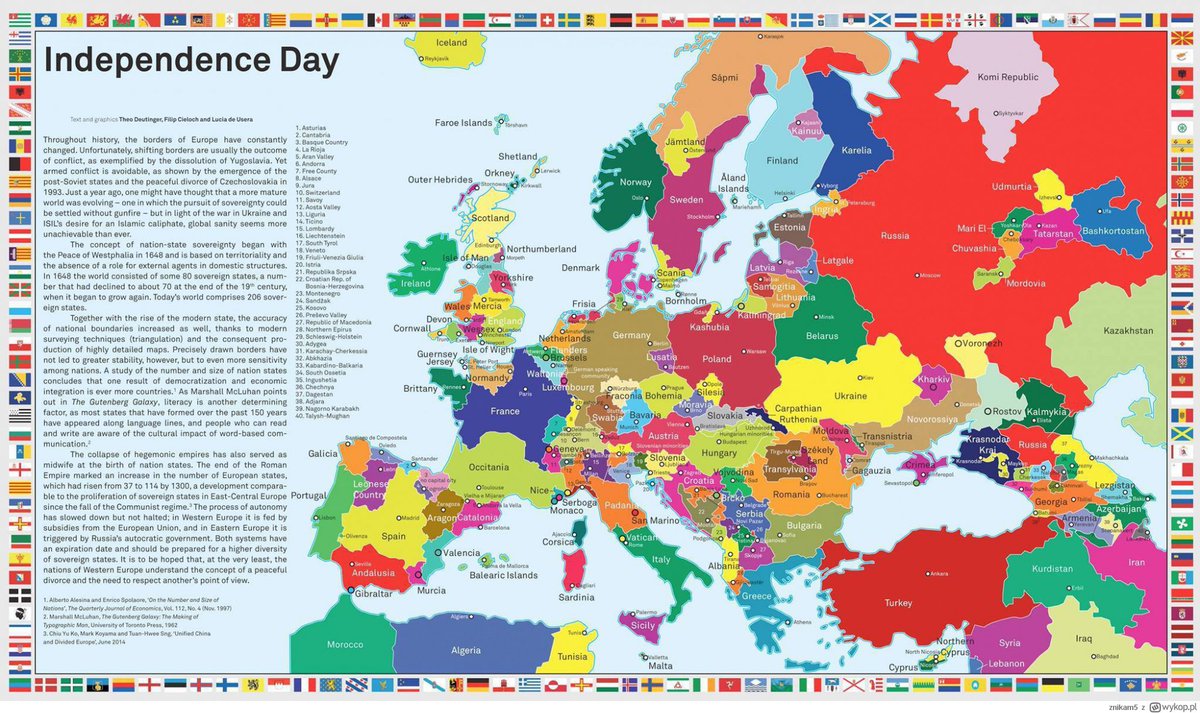
Chile is likely to experience among the greatest freshwater impacts in Mediterranean-climate growing regions. Two examples from Chile and western North America illustrate issues of water use and potential habitat loss. These changes in suitability for viticulture may have impacts on terrestrial and freshwater systems of conservation importance. Model agreement is high, with all but two models indicating declining suitability in Mediterranean climate regions and all models projecting increasing suitability in New Zealand, western North America, and Northern Europe ( Fig. Ensemble mean increases in suitable area are 231% in western North America and 99% in Northern Europe in RCP 8.5, and 189% and 84% under RCP 4.5 ( Fig.

Large newly suitable areas are projected in regions of Northern Europe and western North America. Non-Mediterranean Australia sees slight decreases in suitable area whereas large increases in suitable area are projected for New Zealand. In the Mediterranean-climate wine-producing regions, mean suitability decrease ranges from 25% in Chile to 73% in Mediterranean Australia under RCP 8.5 and from 19% to 62% under RCP 4.5 ( Fig. Five of these regions have Mediterranean climate, two (non-Mediterranean Australia and New Zealand) are important non-Mediterranean wine-producing regions, and two are areas in which viticultural suitability is projected to expand greatly in the future. To understand these geographic shifts in more detail, we examine ensemble mean change and variation among the 17 GCMs for nine major wine-producing regions ( Fig. 1, Insets), areas not currently suitable for viticulture are projected to become suitable in the future. Current suitability is projected to be retained in smaller areas of current wine-producing regions, especially at upper elevations and in coastal areas. 1, red) in many traditional wine-producing regions (e.g., the Bordeaux and Rhône valley regions in France and Tuscany in Italy) and increase in more northern regions in North America and Europe, under RCP 8.5 and RCP 4.5. Suitability is projected to decline ( Fig. S1), between current (mean of 1961–2000) and 2050 (mean of 2041–2060), with high agreement among the results obtained with the 17 GCMs.


Major global geographic shifts in suitability for viticulture are projected by the consensus of our wine grape suitability models ( Fig. Agricultural adaptation and conservation efforts are needed that anticipate these multiple possible indirect effects. Attempts to maintain wine grape productivity and quality in the face of warming may be associated with increased water use for irrigation and to cool grapes through misting or sprinkling, creating potential for freshwater conservation impacts. Climate change may cause establishment of vineyards at higher elevations that will increase impacts on upland ecosystems and may lead to conversion of natural vegetation as production shifts to higher latitudes in areas such as western North America. Area suitable for viticulture decreases 25% to 73% in major wine producing regions by 2050 in the higher RCP 8.5 concentration pathway and 19% to 62% in the lower RCP 4.5. Here we demonstrate that, on a global scale, the impacts of climate change on viticultural suitability are substantial, leading to possible conservation conflicts in land use and freshwater ecosystems. Wine grape production provides a good test case for measuring indirect impacts mediated by changes in agriculture, because viticulture is sensitive to climate and is concentrated in Mediterranean climate regions that are global biodiversity hotspots. Shifting patterns of agricultural production in response to climate change have received little attention as a potential impact pathway for ecosystems. Climate change is expected to impact ecosystems directly, such as through shifting climatic controls on species ranges, and indirectly, for example through changes in human land use that may result in habitat loss.


 0 kommentar(er)
0 kommentar(er)
